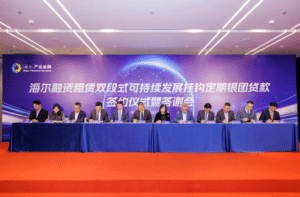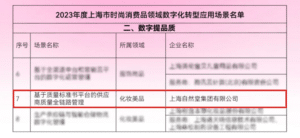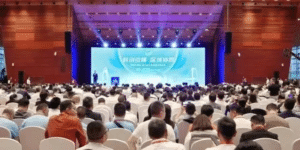Cyrus and Huawei give full play to their respective advantages to provide consumers with more valuable products

[ad_1]
In an exclusive interview not long ago, Yu Chengdong, executive director of Huawei, CEO of consumer BG, and CEO of smart car solution BU, reiterated whether Huawei will build cars or not, and fully affirmed the status of Cyrus in the world.
As the first cooperative brand of Huawei’s smart car model, the importance of Cyrus to Huawei is self-evident. But it must be admitted that with the changes in the market environment, the relationship between Cyrus and Huawei is also undergoing some subtle changes.
Faced with the rumors that “Huawei researchers moved away from Celes”, “Huawei contacted other car companies”, and “Seres broke up with Huawei”, Yu Chengdong straightforwardly refuted the rumors in the market, and further stated: “Huawei not only did not withdraw R&D personnel , the investment in Cyrus is increasing instead.”
But I am afraid that no one could have imagined that Huawei’s actions would be so fast.
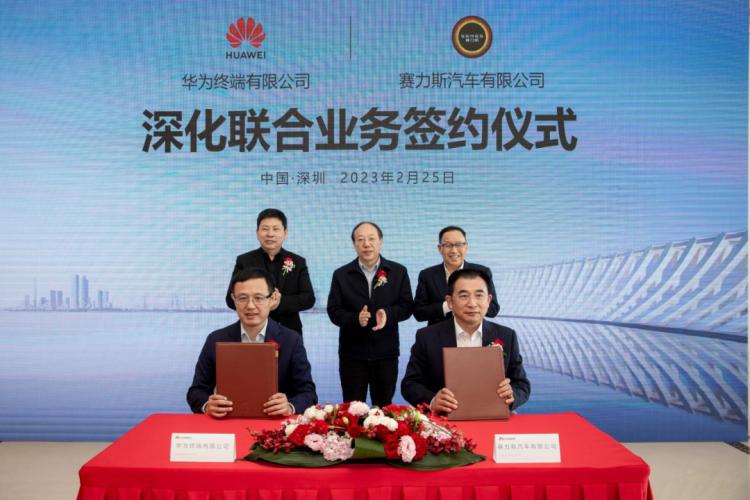
On February 25th, Celes and Huawei signed a joint business deepening cooperation agreement in Shenzhen, further implementing the close relationship between the two parties.
According to the content of the agreement, Celes will coordinate industrial resources and promote new technologies, materials, and processes to be applied to cooperative models; Huawei terminals will give full play to intelligence, digitalization, and user experience design including high-end intelligent driving and Hongmeng cockpit. Advantages, provide enabling support for Cyrus, further strengthen joint innovation capabilities, and create highly competitive products in the market.
To put it simply, Huawei Terminal has done a good job in defining new products, and Cyrus has done a good job in the iterative evolution of models to improve product experience. Both parties perform their duties and give full play to their respective advantages in order to provide consumers with more valuable products.
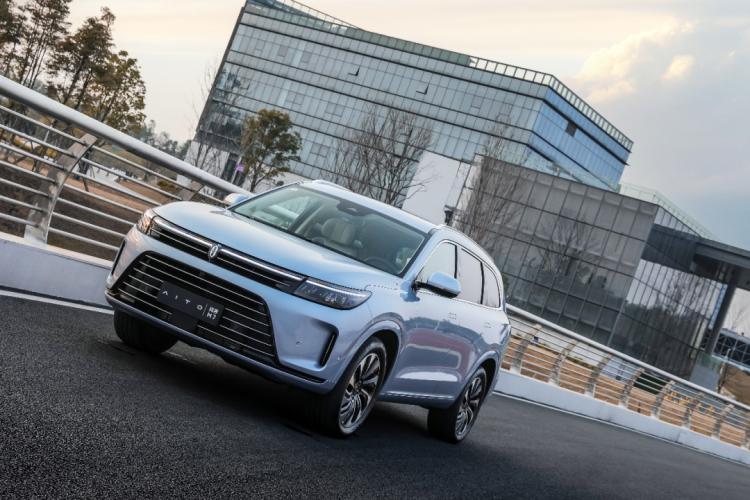
It is worth mentioning that Cyrus and Huawei will further promote the establishment of a joint innovation center to jointly promote innovation in all aspects of automotive technology. Moreover, Wenjie’s brand-new platform and brand-new flagship model are also planned to be released this year.
It is understood that the new flagship model of Wenjie will be equipped with a high-end intelligent driving system, and it is a car that Huawei is deeply involved in. In the future, Huawei and Cyrus will launch a variety of models based on this new platform.
Under such a premise, it is not only a good prediction of the future market, but also a future goal officially established based on the long-term and in-depth cooperation between Celes and Huawei in the smart car business-“to achieve the production and sales of new energy vehicles reaching 1 million by 2026.” vehicle”.
Celes, should be advertised as Huawei’s ecology
Undoubtedly, it is precisely because of the full cooperation with Cyrus that Huawei has been able to gain a firm foothold in the highly competitive auto industry. The cooperation between the two parties is a win-win mutual achievement, not a so-called “vassalage” of the foundry.
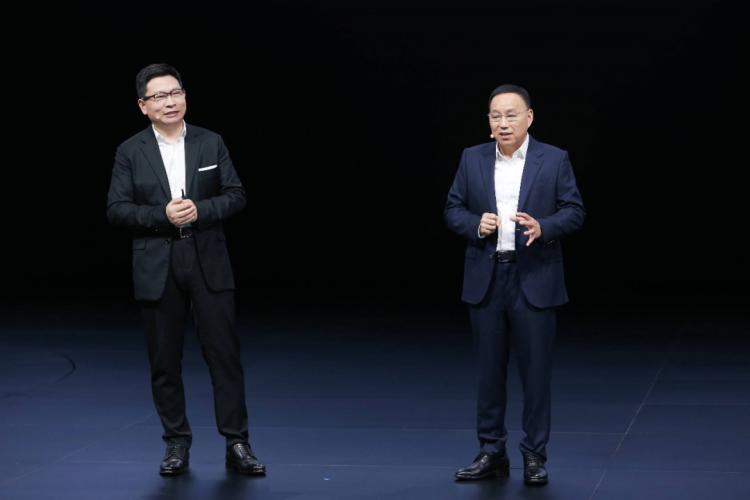
Looking back on the past, since the two parties launched the high-end smart car brand AITO in 2021, they have successively released three pure electric models of Wenjie M5, M7 and M5. The rich product matrix is the report card of the strong alliance between Huawei and Celes, and it is the real embodiment of the smart car model.
As the first person to eat the crabs of the “smart car mode”, Cyrus has indeed benefited from it. In 2022, sales of Cyrus new energy vehicles will reach approximately 135,100 units, a year-on-year increase of 225.9%; the cumulative sales of AITO Wenjie series products will exceed 75,000 units in 2022, far exceeding the first-year sales of other new power brands.
The data will not lie, but where does such an impressive sales performance come from?

Regarding the transformation of Sailisi, Yu Chengdong said:
“The current Cyrus is not the same as the past. Huawei has empowered industrial design, quality control, user experience design, intelligence, etc., and now these capabilities have become its own assets.”
Also not to be ignored is the strength of Celes, especially the vehicle manufacturing capability.

Celes has a smart factory built in accordance with Industry 4.0 standards and equipped with an intelligent collaborative system “digital brain”.
Take Sailisi Auto Liangjiang Smart Factory as an example. It was put into operation in 2019. It has stamping, welding, painting, final assembly and other process workshops, and has a platform-based, flexible and transparent production line.
Based on digitalization and networking, Liangjiang Smart Factory has realized 100% automation of key processes through the collaboration of more than 1,000 robots, and 24-hour full-time online inspection to ensure the output of high-quality products. It was awarded the 2021 Chongqing “Lighthouse Factory” “, is a “leading in China, first-class in the world” vehicle manufacturing plant.
In addition to excellent vehicle manufacturing capabilities, the DE-i super electric drive intelligent technology platform promoted by Cyrus, and new energy vehicle solutions with multiple technical paths such as pure electricity and extended range have created a win-win cooperation with Huawei. Foundation.
It takes hard work to strike iron. Such a Cyrus has the ability to become a model of Huawei’s automotive ecology.
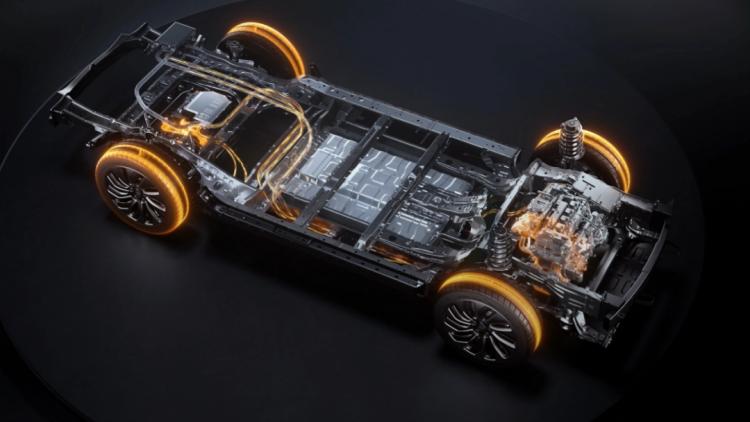
“Our cooperation is definitely not an OEM model. It is not about putting some intelligent things in and helping it market, but joint development.” Yu Chengdong said.
The cooperation between Huawei and car companies is often misunderstood by the market as an “OEM model”, but as far as the real situation is concerned, it is far from it. Especially in terms of profitability, Yu Chengdong further described: Under the OEM model, car companies can only make a small amount of money, but the joint development model will leave most of the profits to car companies.
In general, the cross-border cooperation between Huawei and Celes has created a precedent for cross-border cooperation between new energy vehicle companies and leading ICT companies. At present, the “Seres Mode” with the Seres as the core has become the best practice model of Huawei’s smart car model. At the same time, Huawei has used the successful experience of cooperation with Cyrus to deeply optimize the smart car selection mode. Because the original intention of both parties is to cooperate and win-win.
Zhang Xinghai, chairman (founder) of Celes Group, is full of confidence in the future of Celes and the cooperation with Huawei. He once told the media: “I hope that China’s new energy vehicle brands, including Celes, can shoulder the responsibility and responsibility of the rise of national auto brands, and create a leading brand of new energy vehicles.”
Undoubtedly, with the success of the cooperation model between Celes and Huawei, more and more latecomers will inevitably join in the future. But one thing that will not change is that Cyrus, which has the deepest and most tacit cooperation with Huawei, will become the flagship image of Huawei’s automotive ecology.
Only by making users successful can we go further
According to Yu Chengdong, under Huawei’s smart car selection model, the one who benefits the most must be Cyrus, which has the earliest cooperation with Huawei, the deepest accumulation, and the most abundant product models. But from the perspective of Cyrus, passing on benefits and values to consumers is what I want to do most.
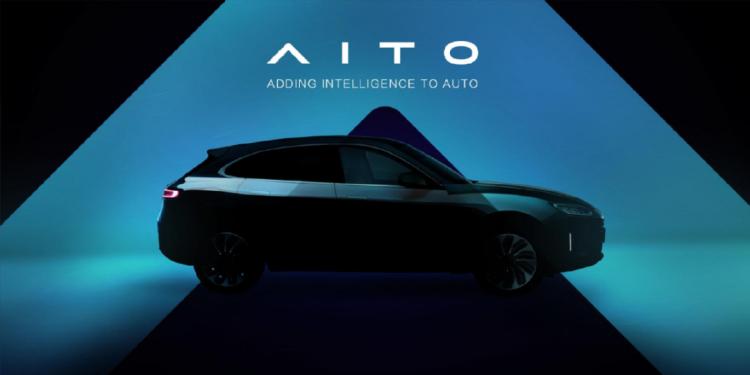
Looking back at the past, although the 2022 Cyrus has achieved good results, it is still in the stage of not making profits. The reason is simple. In order to provide consumers with a better service experience, Cyrus has continuously invested in quality control, delivery experience, and after-sales experience.
At the same time, Cyrus is also continuing to benefit consumers.
In 2023, Tesla took the lead in raising the banner of the price war, and Wenjie immediately followed, and confronted Tesla head-on. There is no doubt that this will be a fierce battle for market share. Facing the complex and changing market environment, neither Cyrus nor Huawei dare to take it lightly.
Such a new energy vehicle market with inward product, price, and efficiency is not only a challenge for the cooperation model between Huawei and Celes, but also a valuable opportunity to further prove that the cooperation model between the two parties is “effective”.
In order to win the final victory, the importance of consumers must always come first.
“We used to think too simple.” Yu Chengdong said that the reception capacity and personnel quality of many stores were not qualified for selling cars, which led to some problems in the retail link. Therefore, this year, Huawei will not blindly expand its sales network, but will upgrade the reception and sales capabilities of some stores, and even close some stores, focusing on improving the user experience.
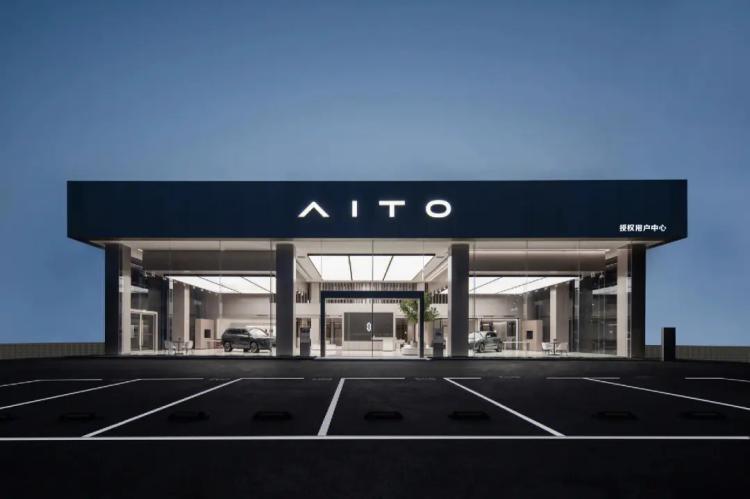
Thanks to the channel construction path of new models and new ideas, Cyrus Automobile and Huawei jointly created a brand new marketing and channel system, and moved the store into the shopping mall through the advantages of “channel integration and global interoperability”.
According to statistics, currently AITO has covered more than 230 cities, and the number of experience centers and user centers has expanded to more than 1,000. Such a wealth of store resources will further shorten the distance with users.
In terms of user service, Cyrus and Huawei jointly use the service concept of “trust, temperature, and intelligence” to focus on “car inspection, car selection, car purchase, car use, and car maintenance” through the dual path of hardware support and service system. “The whole process gradually builds a full life cycle user service experience.
“When you can’t find the answer in the business operation, you should let the user tell you. Therefore, it is imperative to provide users with differentiated and personalized services at the moment.” Kang Bo, vice president of Celes Group, talked about services At the same time, we always adhere to the “user-centered” concept. In Kangbo’s words, users’ demand for experience will drive the continuous innovation of car companies’ services.
It is not difficult to foresee that such a practice of coming from consumers and going to consumers will become the only magic weapon for Cyrus to win steadily and surprisingly in the fierce market competition in the future.

In all fairness, the rise of market price wars is an important milestone for the development of the entire domestic new energy vehicle market. And this also means that Huawei, Celes, and other car companies will face more brutal challenges of the times.
What to innovate? Stick to what? How to adapt? How to seek change?
In the process of cooperation with Huawei, Cyrus has achieved transformation in various aspects such as marketing capabilities, product quality, and intelligent technology. However, market competition will not stop, and market involution will not end. Only by innovating technology, sticking to quality, adapting naturally, and actively seeking changes can we go longer and go further on this difficult road.
In fact, it is not difficult to find that this business model reform led by Huawei and Celes has arrived. And whether it will be a win-win ending in the end, the future is not far away, we will wait and see together.
[ad_2]
Source link


